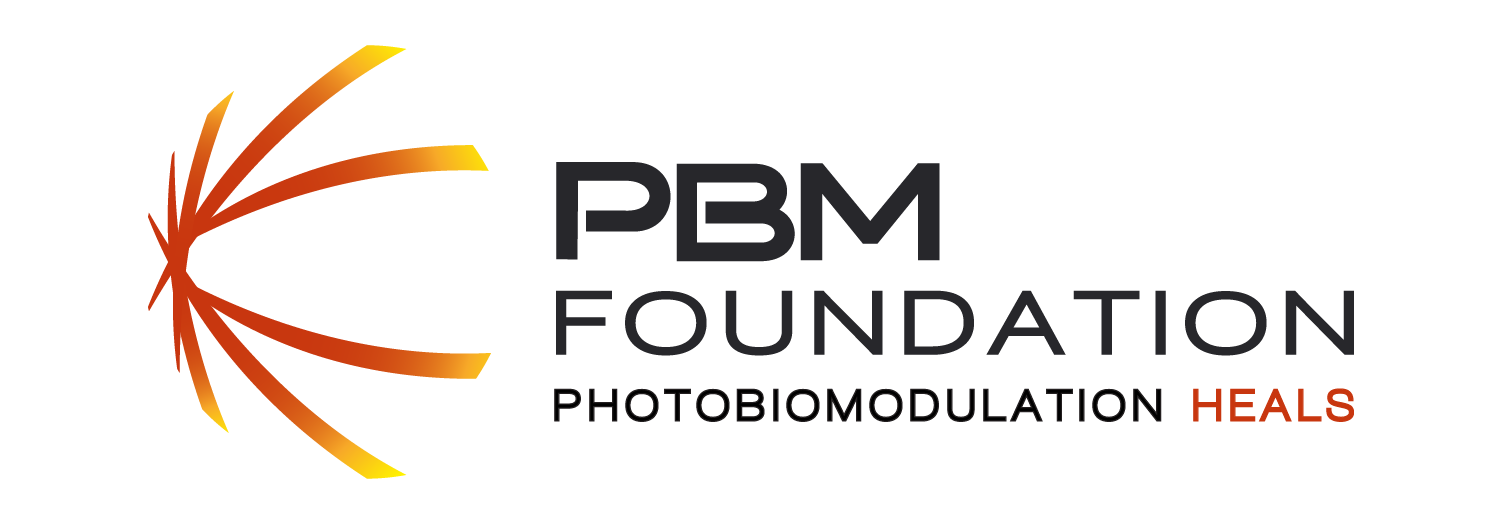The Effectiveness of Photobiomodulation Therapy Versus Cryotherapy for Skeletal Muscle Recovery: A Critically Appraised Topic
Cryotherapy is one of the most commonly used modalities for postexercise muscle recovery despite inconsistencies in the literature validating its effectiveness. With the need to find a more effective modality, photobiomodulation therapy (PBMT) has gained popularity because of recent research demonstrating its ability to accelerate the muscle recovery process.
Read more on National Institutes of Health or download the PDF»
